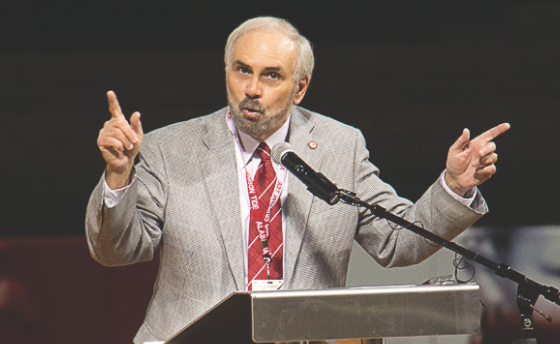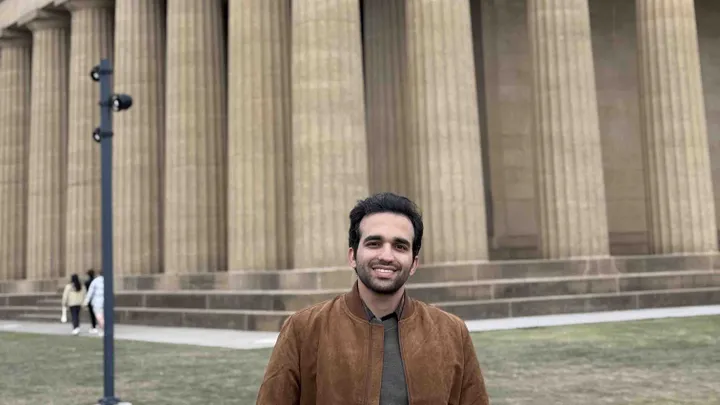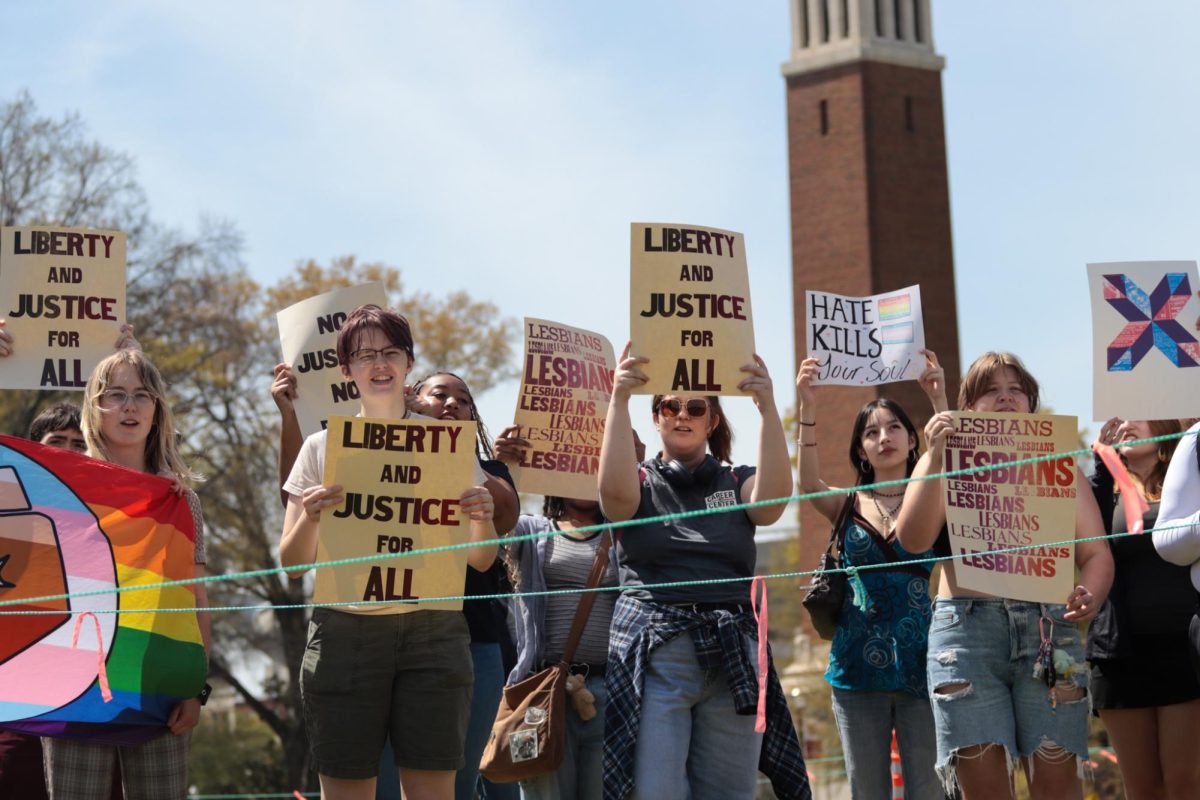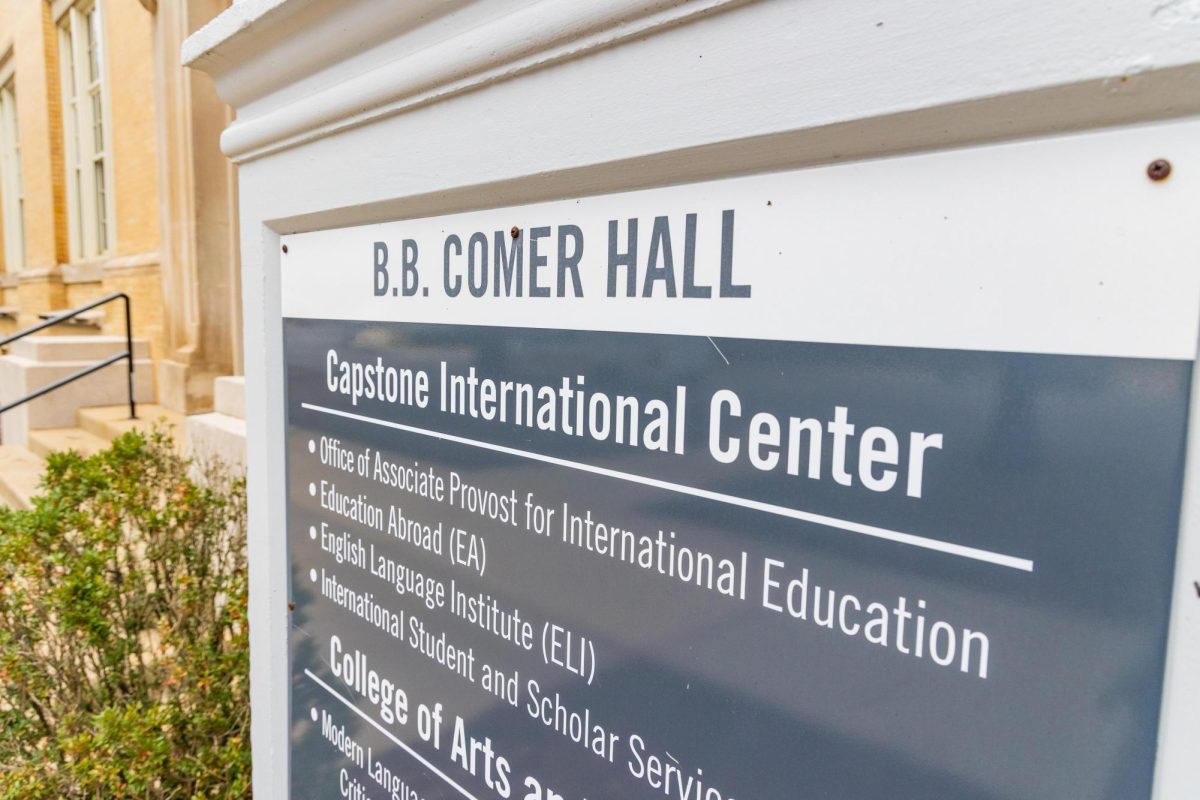Former University of Alabama president Guy Bailey is one of five finalists for the New Mexico State University president position.
Bailey interviewed in Las Cruces, New Mexico, Wednesday, just six months after he abruptly resigned from the University of Alabama on Oct. 31, 2012.
Despite his resignation, Bailey remains an employee of the University, continuing to draw more than $45,000 every month per his employment agreement, more than $500,000 annually. Two assistants who followed Bailey to UA from Texas Tech, Justin Clark and Mary Diaz, left the University shortly after his resignation.
Days after he left office, Bailey agreed to a sit-down interview with The Crimson White, but canceled shortly before the meeting was to begin. Bailey did not reply to attempts to reschedule the interview.
Bailey reemerged on April 2 to give a lecture on his linguistic studies on campus, where he told a CW reporter of his plan to teach two linguistic courses in the fall.
Bailey had spent 57 days on the job in Tuscaloosa when he announced his resignation midweek, citing his wife’s ill health for stepping down.
The Board of Trustees chose Bailey, who previously served as Texas Tech University president from August 2008 to July 2012, as the UA president in July after former president Robert Witt stepped down in March to replace Malcolm Portera as chancellor of the UA system.
Debbie Lane, assistant to the president and assistant vice president of University relations, said in a prepared statement that the University was aware of Jan Tillery-Bailey’s health condition in the summer of 2012, when Bailey interviewed and was hired for the position.
According to the Las Cruces Sun-News in New Mexico, Bailey said his wife is now as healthy as she has been in years.
“I’m not looking for my first presidency … I’m looking for the last one,” Bailey told the Sun-News. “I’d like to retire and say, ‘I left this place even better.'”
In a Nov. 16 meeting with The Crimson White, UA system Chancellor Robert Witt said Bailey would remain a tenured employee, a break from the rules stipulated in the Board of Trustees Manual which state a retreating president should have served 5 or more years to be considered a tenured professor and eligible for a paid developmental leave.
“I felt that the honorable thing for the University to do was to give him the same type of developmental leave appointment as if he had served here for years,” Witt said in the November 2012 interview.
The Board of Trustees filled the position less than 24 hours after Bailey’s resignation with Judy Bonner, who served as interim president before Bailey was hired. Some faculty members expressed concern with the rapid appointment.
Paul Horwitz, the Gordon Rosen Professor of Law, wrote an email to the Faculty Senate and President Steven Miller on Nov. 2, raising questions about the lack of campus involvement in the process.
“I am simply surprised by the swift choice and would like to know why she was deemed the best candidate for the job and, indeed, whether there were any other candidates,” Horwitz said in the email.
Witt outlined the week prior to the resignation, saying Bailey approached him on Oct. 26 to discuss his ability to perform the duties of president due to concerns about his wife’s health.
“During that conversation, he had indicated to me that as early as the end of September, he and Jan, his wife, had talked about the fact that her physical condition was making it very difficult for him to do everything he wanted to do as president,” Witt said. “So as much as a month before the transition, he had begun to think about the fact that this might not work.”
Witt said Board of Trustees President pro tempore Paul W. Bryant Jr. joined him and Bailey in the Oct. 26 meeting, along with former president pro tempores Joseph C. Espy III and Finis E. St. John IV.
“We talked with Guy about how he felt and how he felt about his ability to go forward,” Witt said. “No decisions were made at that meeting regarding his stepping down.”
When The Crimson White asked St. John about that meeting, he said he didn’t recall any such conference and declined to answer further questions.
Witt said Bailey took the weekend to think things over, and they met again on Sunday, Oct. 28, where he decided he wanted to step down.
“He took a couple of days to think about how he would formally announce it,” Witt said. “He decided he wanted to make the announcement on a Wednesday afternoon. I informed the pro temp (Bryant) that that’s when the announcement would be made.”
Witt said he communicated to Bonner the afternoon of Oct. 28 that he wanted to recommend her to the board.
On Nov. 1, following a closed-door executive session, the Board voted unanimously in favor of Witt’s recommendation and installed Bonner as the first permanent female president of The University of Alabama.









